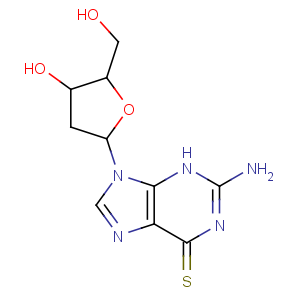Title: Bilberry
Synonyms: Heidelberry; huckleberry; European blueberry; whortleberry
Literature References: Deciduous, dwarf shrub,
Vaccinium myrtillus L.,
Ericaceae, bearing edible blue-black berries. Medicinal parts include the leaves and fruit.
Habit. Northern and central Europe.
Constit. Berries: anthocyanins, particularly glycosides of delphinidin, cyanidin, petunidin, peonidin, malvidin; quercetin, catechin, epicatechin, tannins, pectins, vitamin C. Leaves: Catechol tannins (0.8-6.7%); leucoanthocyans; flavonoids esp. quercetin glycosides; phenolic acids incl. caffeic,
p-coumaric,
p-hydroxybenzoic, protocatechuic, melilotic; iridoids; manganese; chromium. Berries have been used in traditional medicine to treat diarrhea and mouth and throat inflammations; leaves used in antidiabetic teas. Comprehensive description and medicinal uses: J. Barnes
et al., Herbal Medicines (Pharmaceutical Press, London, 2nd Ed., 2002) pp 73-77. Anthocyanin content and radical scavenging activity: J. Nakajima
et al., J. Biomed. Biotechnol. 5, 241-247 (2004). Phenolic profile and antioxidant activity: S. Ehala
et al., J. Agric. Food Chem. 53, 6484 (2005). Review of clinical trials in impaired night vision: P. H. Carter, E. Ernst,
Surv. Ophthalmol. 49, 38-50 (2004).
Derivative Type: Bilberry extract
CAS Registry Number: 84082-34-8
Trademarks: Alcodin (Alcon); Difrarel (Sigma-Tau); Tegens (Inverni)
Literature References: Anthocyanin enriched extract from the fruit.
Use: In jams and jellies; food flavoring. Extracts as astringent and capillary protectant in eyecare and skin products.
Therap-Cat: In treatment of night blindness.

